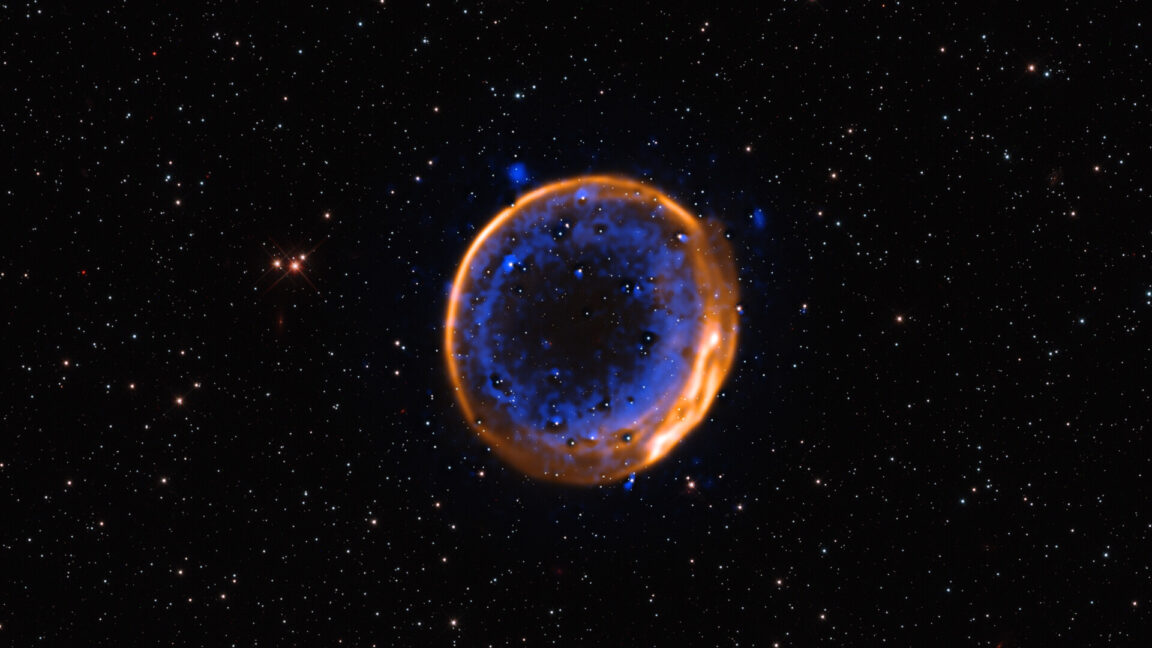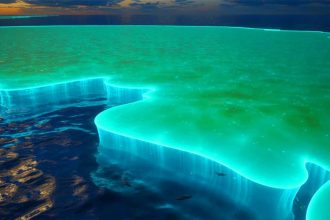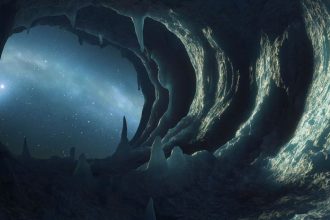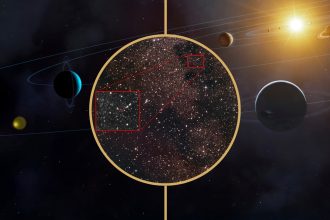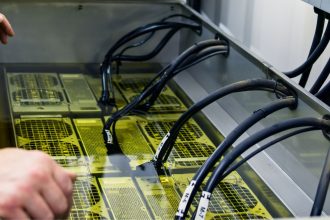Type Ia supernovae play a crucial role in astronomy, as they consistently explode with the same brightness, allowing researchers to use their luminosity as a gauge for measuring astronomical distances. This capability has been vital for tracking the Universe’s expansion, ultimately leading to the discovery of dark energy, which accelerates this expansion. However, the mechanisms driving these explosions remain a topic of active debate.
There is a general consensus that Type Ia supernovae originate from white dwarf stars. These stars, primarily composed of carbon and oxygen, typically lack the mass necessary to ignite further fusion. However, if they accumulate additional material, they can reach a critical mass and initiate a runaway fusion reaction, resulting in their explosive demise. The source of this extra mass has been a subject of contention.
An alternative hypothesis posits that a less massive explosion on the surface of a white dwarf can generate enough pressure to reignite fusion, even in stars that have not attained the critical mass needed for such a reaction. Recent observations of supernova remnants have provided evidence supporting the existence of these so-called “double detonation” events.
Understanding White Dwarfs
White dwarfs are remnants of stars similar in mass to our Sun. After exhausting their hydrogen and helium fuel, these stars leave behind carbon and oxygen cores that are hot but unable to reach the necessary densities for further fusion. Over time, they gradually cool unless they are part of a binary or larger stellar system.
In these systems, companion stars can provide the additional material required to increase the white dwarf’s mass to the point where fusion can resume. This process can unfold through two main pathways. Many stars briefly swell to such large sizes that their gravitational pull weakens, allowing a nearby white dwarf to draw in material from them. If the white dwarf is in a close orbit, it can accumulate enough mass until it reaches the critical threshold for restarting fusion, triggering the catastrophic explosion that characterizes Type Ia supernovae.







